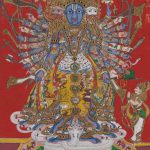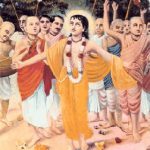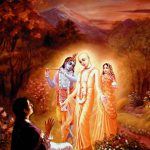Because of its recent history of colonization, modern historians have tended to present India mainly as a beneficiary of gifts from outsiders – in other words, as a civilization that has only borrowed and built on the creative ideas originated by other cultures. But those who have studied India and its many contributions more deeply recognize the truth to be the opposite of this: India has been on of the great forces in the history of civilization. The noted author Philip Rawson introduces his book The Art of Greater India with the following words:
The culture of India has been one of the world's most powerful civilizing forces. Countries of the Far East, including China, Korea, Japan, Tibet and Mongolia owe much of what is best in their own cultures to the inspiration of ideas imported from India. The West, too, has its own debts. But the members of that circle of civilizations beyond Burma scattered around the Gulf of Siam and the Java Sea, virtually owe their very existence to the creative influence of Indian ideas. …No conquest or invasion, no forced conversion imposed them. They were adopted because the people saw they were good and they could use them… their code of living, their conceptions of law and kingship, their rich literature and highly evolved philosophy of life.
The remarkable thing about Indian civilization, which draws its inspiration from the Vedic rishis, is that it is a living force and not just a thing of the past, dead monuments to be admired by tourists and studied by antiquarians. As John Le Mee, a French student of the Vedas observed:
Precious stones or durable materials – gold, silver, bronze, marble, onyx or granite – have been used bz most ancient people in an attempt to immortalize their achievements. Not so however the [Vedic] Aryans. They turned to what may seem the most volatile and insubstantial material of all – the spoken word – and out of this bubble of air fashioned a monument which for more than thirty, perhaps forty, centuries later stands untouched by time of the elements. [Actually, sixty to eighty centuries as we now know.] …the pyramids have been eroded by the desert wind, the marble broken by earthquakes, and the gold stolen by robbers, while the Veda is recited daily by an unbroken chain of generations, traveling like a great wave through the living substance of mind.
Source: Hidden Horizons – Unearthing 10,000 Years of Indian Culture










